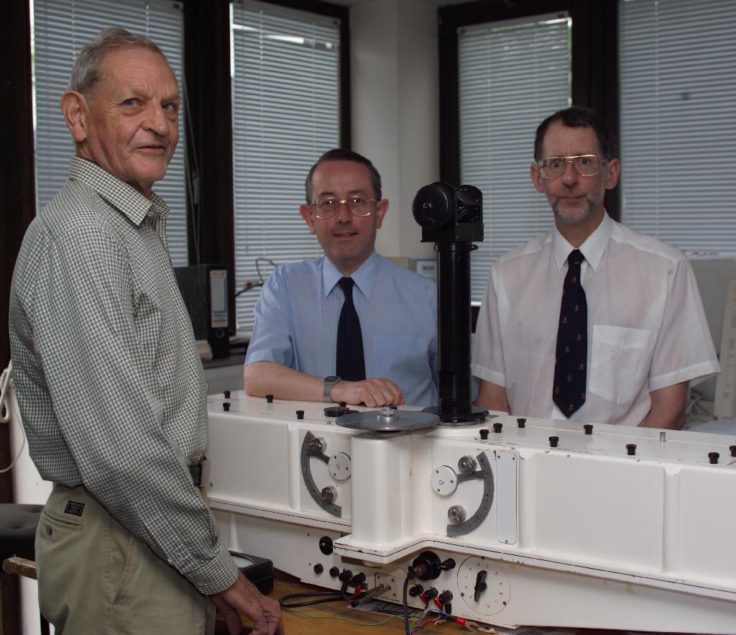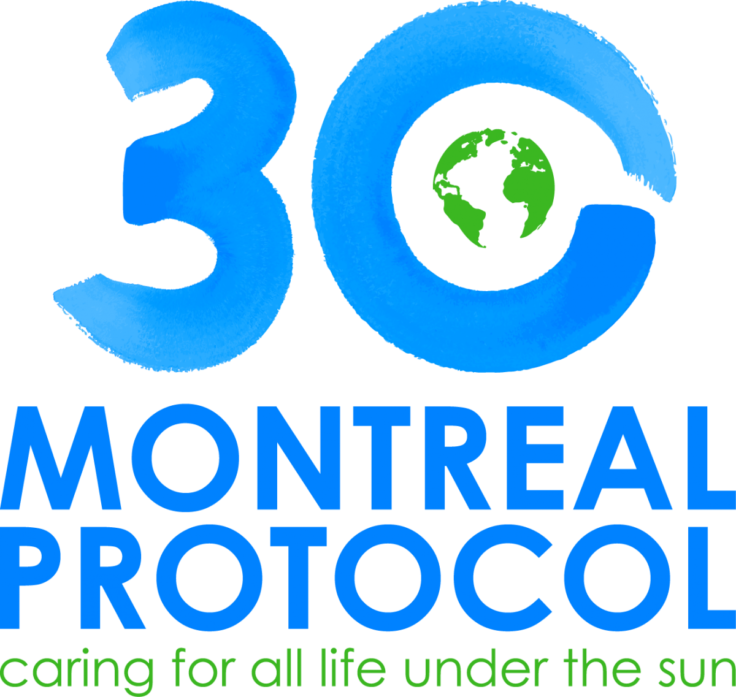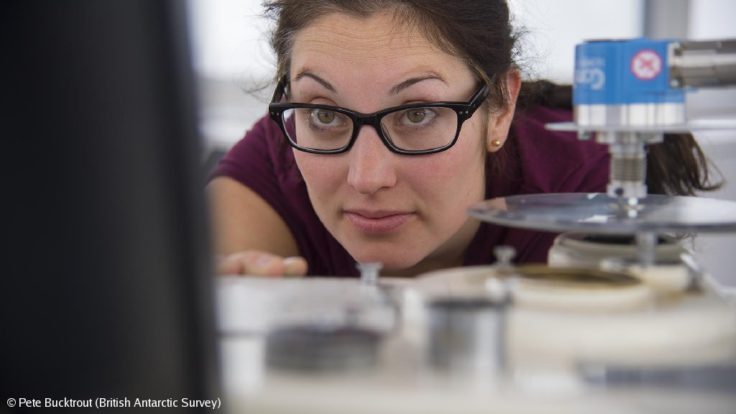World Ozone Day: 30th anniversary of Montreal Protocol
This week (Saturday 16 September), marks the 30th anniversary of the signing of the Montreal Protocol on Substances that Deplete the Ozone Layer. It is one of the most successful examples of leadership by all the world’s governments in tackling a major global environmental issue.
In May 1985, reporting in the journal Nature British Antarctic Survey (BAS) scientists Joe Farman, Brian Gardiner and Jonathan Shanklin described their observation of large losses of ozone over Antarctica. The discovery of the Antarctic ozone hole by BAS provided an early warning of the potentially dangerous thinning of the ozone layer worldwide.

Following this discovery, governments from all over the world took action and created the 1987 Montreal Protocol, which was signed on 16 September. This ensured that the production of ozone depleting substances, such as chlorofluorocarbons (CFCs), halons and carbon tetrachloride, were phased out by 2000 and methyl chloroform by 2005.
Jonathan Shanklin, one of the discovery team at BAS says: “The Montreal Protocol is a remarkable agreement which is producing clear changes in the atmosphere. Signs of recovery of the ozone hole are becoming evident, though we may have another 50 years with ozone holes. The Protocol demonstrates that when policy and science work together it results in huge benefits to society. We need to take similar action with the other gasses that we are adding to the atmosphere.”

The signing of the Montreal Protocol was a landmark political event. The treaty is the first in the history of the United Nations to achieve universal ratification. The protocol has successfully reduced the abundance of ozone-depleting substances in the atmosphere.
Carolyn Graves, a meteorologist at BAS who takes daily ozone measurements in the Antarctic summer at Halley Research Station says: “I feel extremely privileged to be involved in monitoring the ozone hole, and it’s especially rewarding to be observing it’s recovery as a result of a science policy success story.”

After 30 years, the Montreal Protocol continues to be a fantastic example of successful global action to tackle a worldwide environmental issue. The recent observations indicating that the ozone hole appears to be on the path to recovery, exemplifies this.
About the Ozone Hole
The Antarctic ozone hole is caused by chlorine and bromine in the atmosphere, which come from chlorofluorocarbons (CFCs) and halons. The hole itself begins to form when sunlight returns at the end of the Antarctic winter, and reaches its largest extent every September, before disappearing again by mid summer. The amount of ozone overhead should follow a regular seasonal pattern. This is what occurred during the first 20 years of BAS measurements, but by the late 1970s clear deviations were observed. In every successive spring the ozone layer was thinner than before, and by 1984 it was clear that the Antarctic stratosphere was progressively changing.
Ozone Monitoring in Antarctica
Stratospheric ozone is measured at Halley and Rothera research stations. Daily ozone measurements are taken as part of long-term monitoring, which is funded by the Natural Environment Research Council (NERC). At Halley, measurements are taken 7 times a day in the summer season, when the sun is high enough to do so. Ozone measurements, from Halley research station, that have been recorded since the International Geophysical year (IGY) in 1957/8, led to the discovery of the hole in the ozone layer in 1985.
In 2015 NERC-commissioned analysis investigated the impact of ozone science, find out more here.